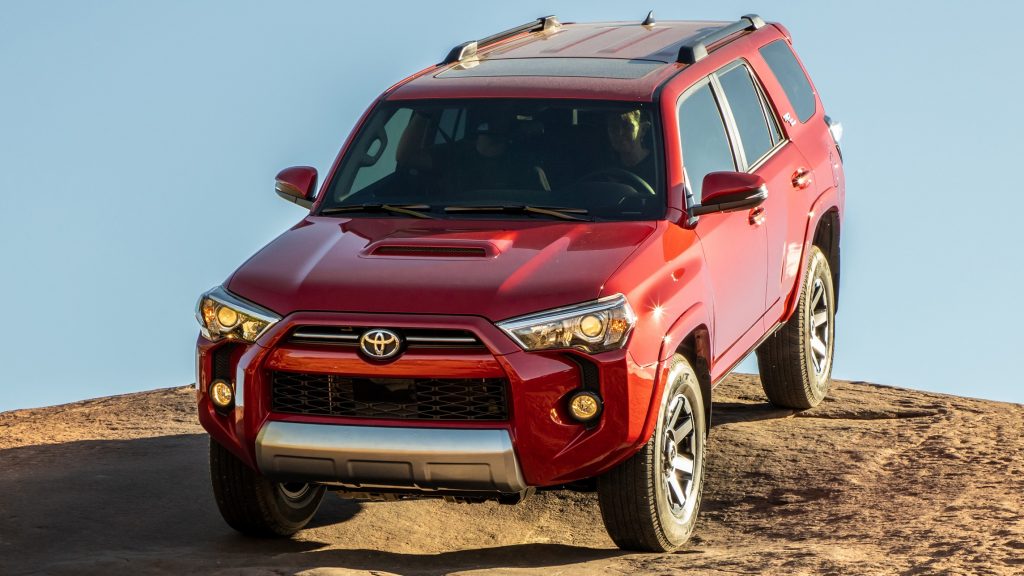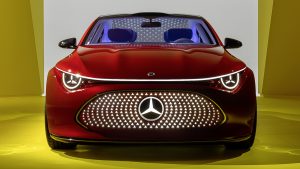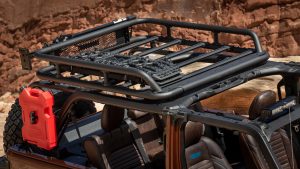Under the technical name of “evasive manoeuvre test”, it has been popular in the specialized press since the 1970s. However, it became famous in 1997 after a particularly serious case
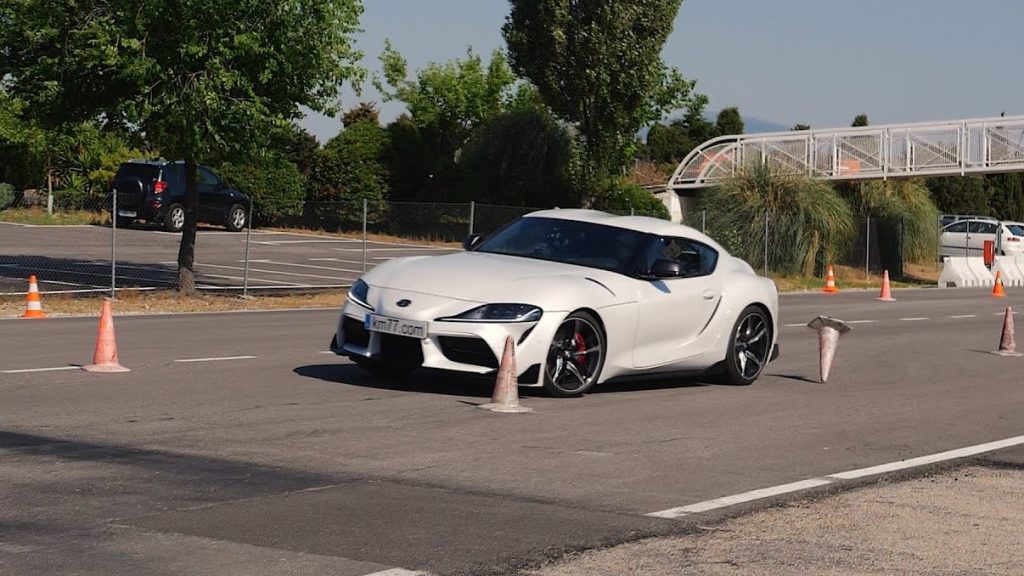
- Moose test is a peculiar, yet important test of a car’s behavior at high speeds
- It became worldwide famous in 1997 thanks to the Mercedes-Benz A-Class
- Nowadays, the elk test has been standardized and applied to several cars
Imagine you are driving in the countryside, at highway speeds, and an animal suddenly crosses the road. Or you are cruising a school zone and a child wanders on the street. How can you avoid those impacts?
The animal is likely to stay on its way to the other side, especially a large one. You could simply brake and steer the car behind it. Children, however, are likely to stop out of fear or move in an unpredictable way.
We all know the best solution is to swerve. The thing is, you will probably be going to the oncoming lane, so you will have to swerve back right away. Sadly, a number of problems could happen in such a move.
The car may powerslide, there may be oncoming cars at the time, there may not be room to swerve and return, the potential victim may change directions… the moose test strives to cover all those scenarios.
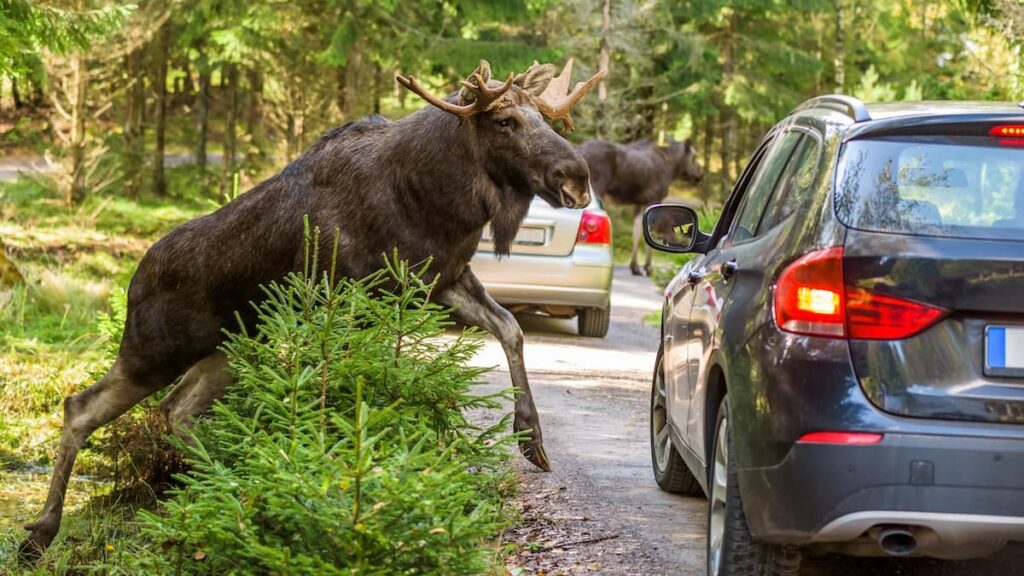
Evasive manoeuvre test
That concern is usual with children and small animals crossing a road because both may occur anywhere. However, the first tests happened in Scandinavian countries because moose are actually common there.
We all think of Volvo in terms of car safety, but the truth is that it was a priority to Saab, also Swedish, too. It used to make design changes to make collisions less harmful and kept data of accidents with animals.
Sweden is also the home country of Teknikens Värld, one of the prominent media outlets on the topic. The magazine became worldwide famous in 1997 thanks to one moose test I am going to comment later on.
Now that we have covered the basics, we can move on to the technical part. The next topic briefly shows what is the elk test, as it is also known. Nowadays, it even has specifications according to ISO standards.

How to perform the moose test?
The essential task is to enter the region driving at a typical highway speed. The driver must quickly swerve to the left, then go back to their lane right after passing the obstacle. Then, they return to a straight line.
The first elk tests required the driver to start at 100 km/h (62 mph) and brake to 70 km/h (43.5 mph) right before swerving. Nowadays, they start at the maneuver speed and repeat the test at increasing speeds.
There is no actual obstacle in the moose test; the path is marked with traffic cones. The car rides on a dry road and takes one person (or dummy) in each seating position plus trunk load up to its official capacity.
Cars pass the test by safely completing the path at 72 km/h (44.7 mph). That means they may not skid or drift, lose steering control, lean enough to have the rim touch the asphalt… There are many possibilities.
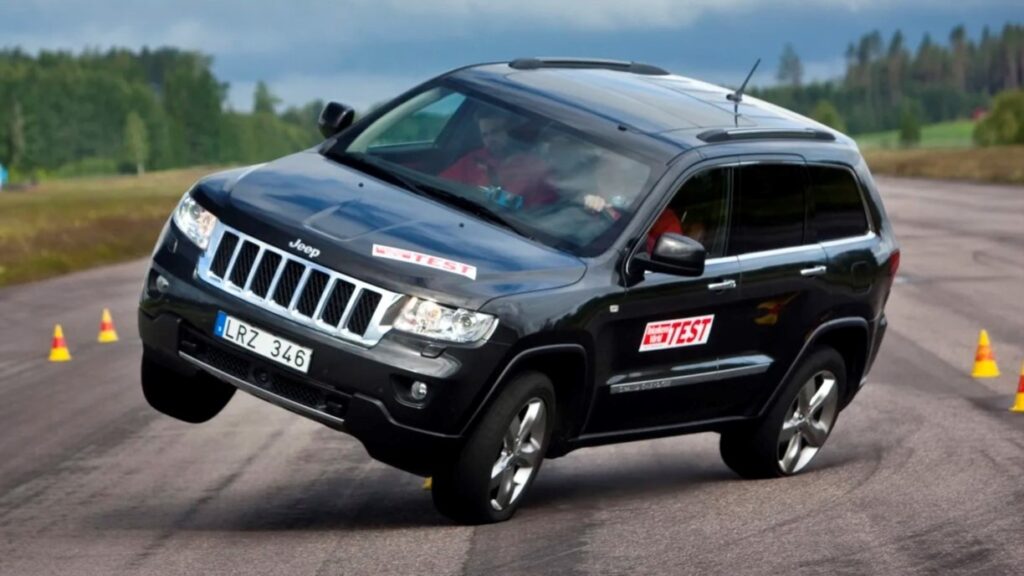
Cars that failed the moose test
SUVs and crossovers typically perform badly. They are heavy and tall, which creates a tall center of gravity. That makes them prone to lean too much, which is already unsafe, and even take a wheel off the asphalt.
Hybrid and electric cars can also be problematic. Some store the battery pack on the rear, which displaces their center of gravity in that direction. In this case, the result is a higher tendency to skid and oversteer.
Pickup trucks are an unfortunate case because they blend both issues. They are as tall as typical SUVs and carry heavy loads on the rear end. Drivers can only complete the moose test when riding at low speeds.
As you can imagine, the presence of electronic items, like stability and traction controls, helps a lot. I am going to cover that later on; I am mentioning it now because there is a specific failed car you have to see.
Mercedes-Benz A-Class
Exactly 26 years ago, journalist Robert Collin submitted the first A-Class to the moose test for Teknikens Värld. In short, the car overturned at 60 km/h (37.3 mph), which brought worldwide attention to the test.
Failing the test was not the only outcome. The maker faced criticism because that was a new car marketed as capable of offering the same standards of its traditional ones. Many orders were cancelled after that.
The test’s nickname came during a subsequent interview with the magazine’s journalists. They illustrated its purpose with “to check how the car drives around a moose.” The moose test name was then defined.
Mercedes-Benz tried to dismiss the problem at first, saying it was isolated. However, it ended up recalling all units sold to date to redesign their suspension and install electronic stability control (ESC) as standard.
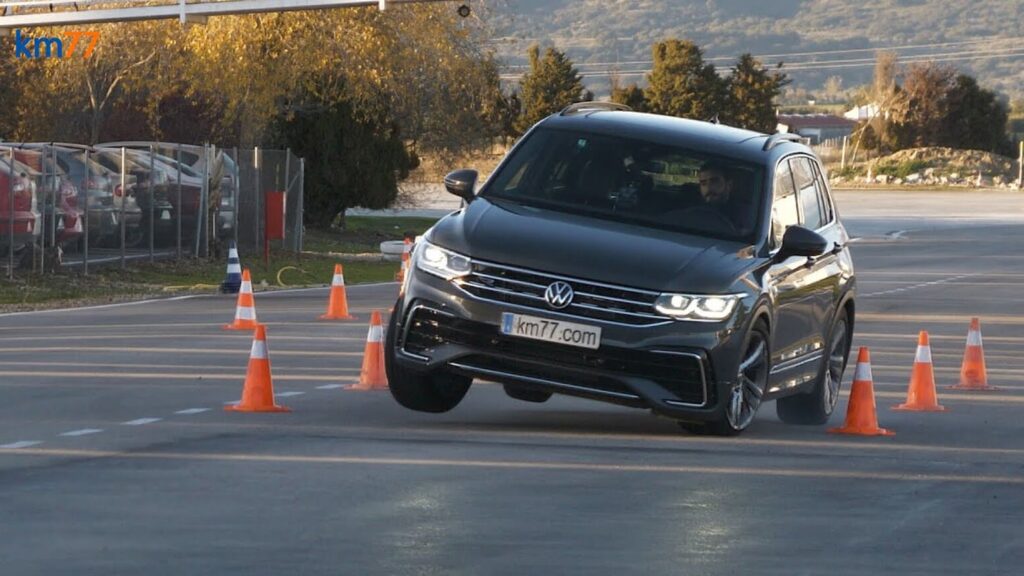
Cars that passed the moose test
Here, sports cars are the best example. They are low and wide, and some models even use the engine in a central position. Such weight distribution is excellent to keep them stable while executing the moose test.
The latest electric cars are also performing better. While they have heavier battery packs, they carry them underneath the floor. That lowers their center of gravity and boosts their handling capability as a whole.
Crossovers and city-oriented SUVs do well at the moose test for similar reasons. They are lower than usual for their segment, so the problems mentioned few paragraphs above happen at a much lower intensity.
Last, but not least, we can mention high-end cars in general. They bring all types of electronic systems to control the movement each wheel individually. That makes all the difference during that double swerve.
Citroën Xantia Activa
Fortunately, there is a remarkable car in this part too. In 1994, Citroën gave the Xantia an upscale version whose main addition was the active suspension. It took its famous hydropneumatic layout to a new level.
While that suspension was great alone, it was paired to undercarriage stabilization. It uses active roll bars with hydraulic cylinders so as to neutralize body roll even at sharp, fast turns – it would reach 1° at most.
For the moose test, reducing body roll means nipping the evil in the bud. The car stays under control and the driver feels that, so they can safely finish the swerves. The Xantia Activa passed at 85 km/h (53 mph).
The video reminds that the Xantia’s approval came before the moose test had ISO standards. That means it could not be compared to newer cases, but it is still impressive because the Xantia did not have ESC.

Moose test pushes for safer cars
While the moose situation is quite specific, the simulation performed here is easily applicable to situations of many other kinds. This is why the elk test remained popular even after the A-Class issue was solved.
Nowadays, ISO standards dedicate the article 3888-2:2011 to this test. In other words, there are technical requirements to meet in case you wish to perform the moose test in a way to obtain comparable results.
That article establishes the conditions we mention above. The car retakes the test at increasing speeds up to where it fails. The Tesla Model Y is one of the top performers among modern cars: 82 km/h (51 mph).
Sadly, examples of failure are more numerous than those of approval. That problem makes it inevitable to ask: what makes a car model pass or fail the moose test? This is the topic we are going to discuss next.
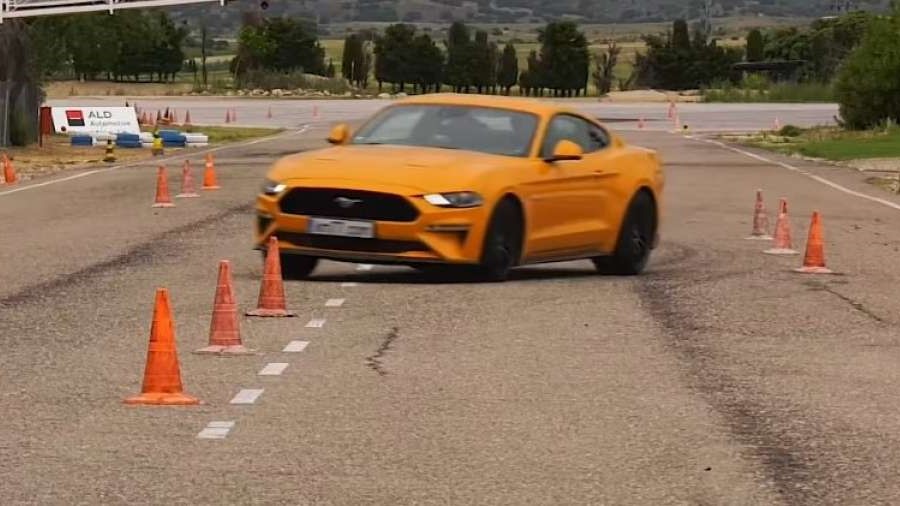
Combination of many factors
Weight distribution is a base factor. Swerving at highway speeds causes abrupt weight transfers, so heavy and tall cars usually suffer. It is easier for them to skid and especially have a wheel lift from the ground.
Long wheelbase and wide tracks are helpful at the moose test. Keeping the wheels far from one another enlarges the vehicle’s physical base. It becomes harder for that weight transfer to make it roll too much.
Tires and traction play an important role as well. New, high-quality tires reduce skidding; the same is valid for cars with AWD as opposed to RWD. In short, everything that keeps the wheels under control helps.
Last, but not least, electronics. It has created a world of new possibilities regarding safety for all car types. Nowadays, entry-level cars do badly on the moose test because of that despite being lighter and smaller.
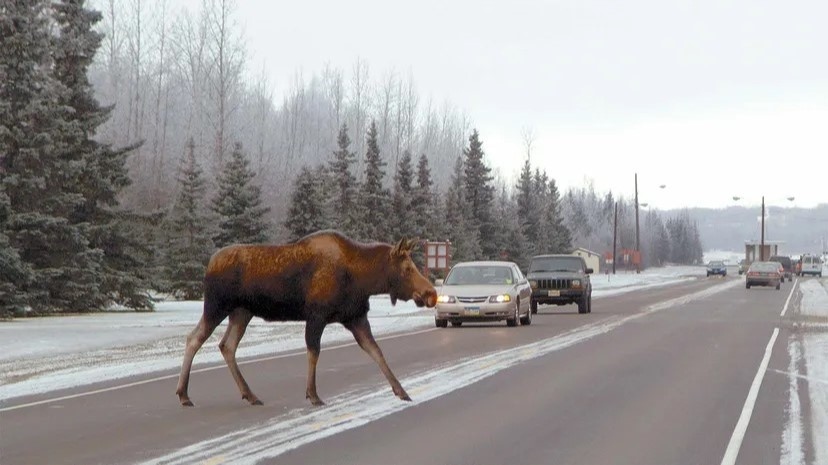
As you can see, the elk test became a key ally in the mission of making cars safer. It is sad that it took the A-Class’s fiasco for that to happen, but at least we saw it happen on the test, rather than the real world.
Now that you know all about this test, I hope you pay closer attention to how your own car behaves when you have to swerve at highway speed like that. Do you think it would be able to pass the moose test?
You may also like
Traction systems are one of the items that help a car pass or fail the moose test. What do you know about them? Check out the article we have written about the most common types.
Danillo Almeida has explored his passion for cars in two distinct ways. The first one is his graduation course in Mechanical Engineering, which will hopefully lead to a job position in the field. The other one is expressing his knowledge and opinions on the matter through writing. Almeida has already contributed to blogs, stores, and websites in general writing automotive content in many formats.

